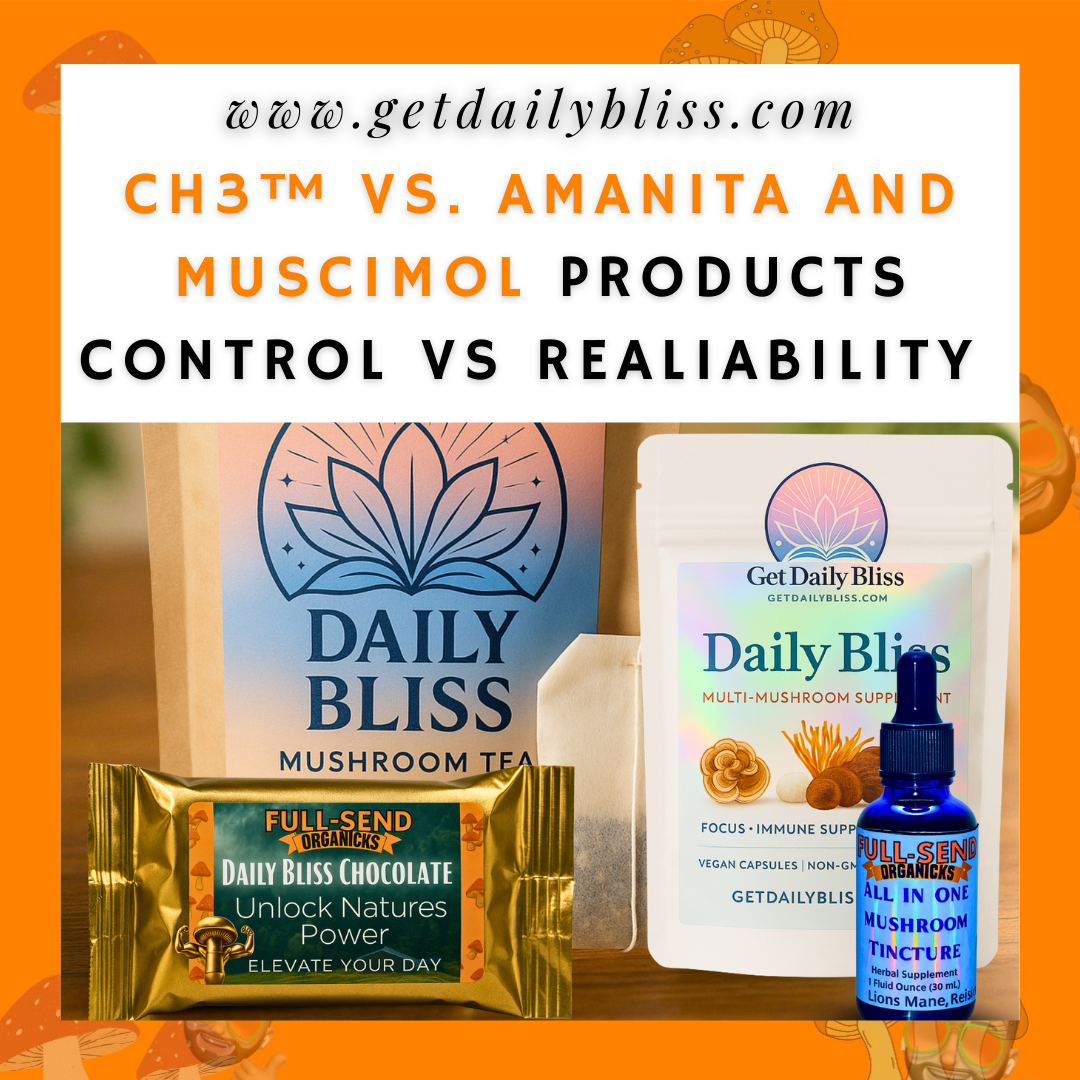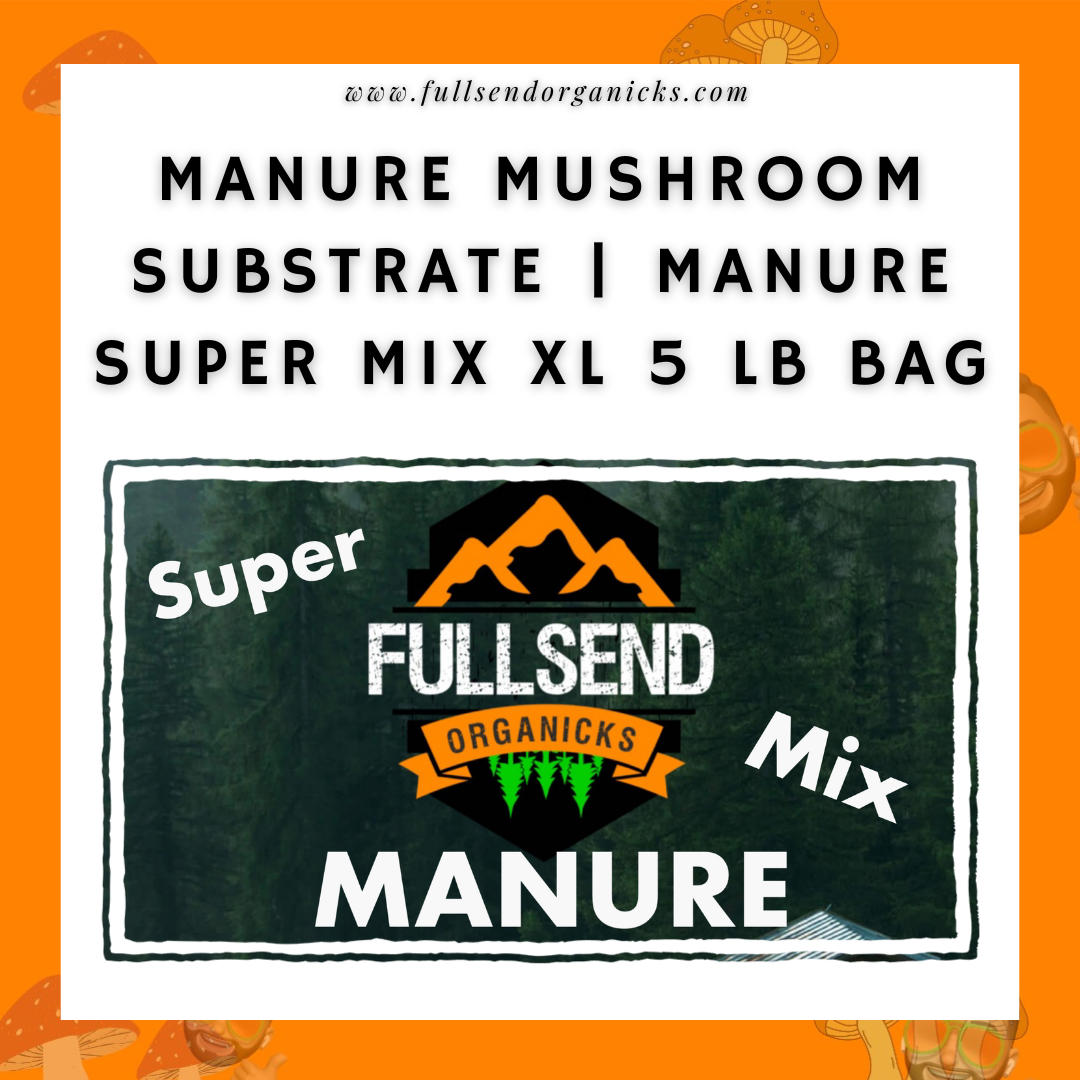Spores vs. Liquid Culture: What’s the Difference?
If you’re diving into mushroom cultivation, it won’t take long before you hear two common terms: spores and liquid culture. They’re both tools for starting your mushroom journey — but they serve different purposes, and each one has its own set of strengths.
At Fullsend Organicks, we believe in helping people understand the full picture, especially when it comes to tools that are often misunderstood. Whether you’re studying mushrooms under a microscope or growing gourmet and functional varieties, this breakdown will help you choose the right starting point for your goals.
What Are Spores?
Spores are the reproductive cells of mushrooms — the equivalent of seeds in the plant world. They contain the genetic blueprint of the mushroom but haven’t begun to grow yet.
We offer spore syringes and spore prints for microscopy and taxonomy purposes only. These tools allow enthusiasts and researchers to study mushroom genetics under a microscope. If you’re looking to explore the visual beauty and complexity of mushroom species, spores are a great place to begin.
Spores require a sterile environment, moisture, and the right conditions before they can germinate. Because of this, they typically take longer to grow than liquid culture — but they also give you a clean genetic starting point with every inoculation.
What Is Liquid Culture?
Liquid culture is a live solution of mycelium suspended in nutrient water, typically made from malt extract or light sugars. Instead of starting from scratch, you’re starting from life — the mushroom’s network (mycelium) is already growing and ready to colonize a substrate.
At Fullsend Organicks, our liquid cultures are provided for microscopy and taxonomy unless genetics are specified and legally permitted. We use a proprietary nutrient blend that supports rapid colonization while reducing contamination risk.
Liquid culture is ideal for those using kits like the Do-It-Yourself Grow Kit or advanced setups such as monotubs or Super Grow Bags.
Main Differences Without the Jargon
Spores and liquid culture serve different functions in the mushroom world. Spores are used to observe and identify mushroom species at the genetic level. They’re slow to germinate and require more careful handling. Liquid culture, on the other hand, is pre-grown mycelium suspended in liquid — it colonizes substrates faster and is typically easier to work with, especially for cultivation purposes.
Both have their place. Spores are ideal for researchers and educators. Liquid culture is often preferred by experienced growers working with gourmet or functional strains.
For a deeper scientific breakdown, you can explore this external overview on mushroom reproduction via the National Library of Medicine.
Which One Should You Choose?
That depends on your goals.
- If you’re focused on microscopy, species observation, or building your knowledge base, spores are where to start.
- If you’re legally cultivating gourmet or functional mushrooms and need faster results, liquid culture is more efficient — especially when paired with infused rye kits or Mini Super Bags.
Related Resources and Internal Links
- Spore Syringes and Prints
- Liquid Culture Options
- Do It Your Damn Self Grow Kit
- Super Grow Bags
- About Nick
- Explore the Blog
Final Thoughts
There’s no one-size-fits-all answer when it comes to choosing between spores and liquid culture. Each one offers unique benefits depending on how you’re approaching mushroom cultivation. At Fullsend Organicks, we’re here to provide trusted tools, real education, and the kind of grounded support that helps people reconnect with nature — one grow at a time.
Have questions or not sure what to start with? Reach out anytime. We’ve got your back.




